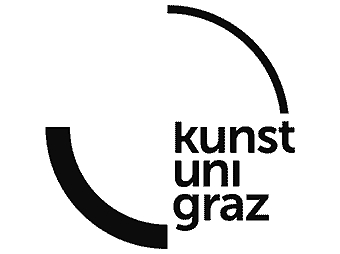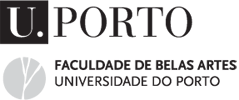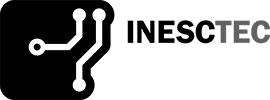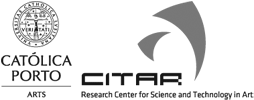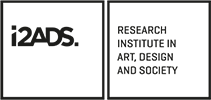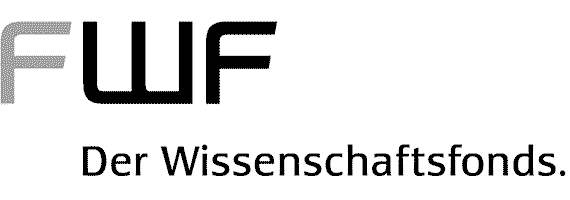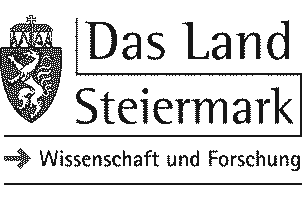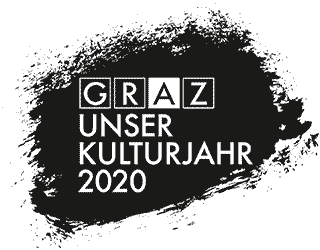Making the Computational Physical Through Digital Craftsmanship
The forms that can be created through computational methods are infinite in both their number and complexity. However, in order to exist in the real world, the given form must be negotiated with reality through a material. The most direct and accessible form of digital to material translation is 3D printing. However, much of the knowledge required to perform this digital-material translation exists in an embodied state, taking a form similar to the embodied knowledge of craftsmanship. There are underappreciated constraints in all materials that must be taken into account when making with any given process, and the use of 3D printing to give materiality to ethereal, computationally generated forms highlights these constraints. Metal foundry, as an example of one of the oldest forms of traditional fabrication, can be made to utilize computational design by using 3D printing as an intermediary step between computation and craft. Through the examination of several works of sculpture and works in progress, this paper demonstrates the strengths, shortcomings and general use of 3D printing as a form of expressing the computational in the physical, and will use foundry as an example of an extension of this.

